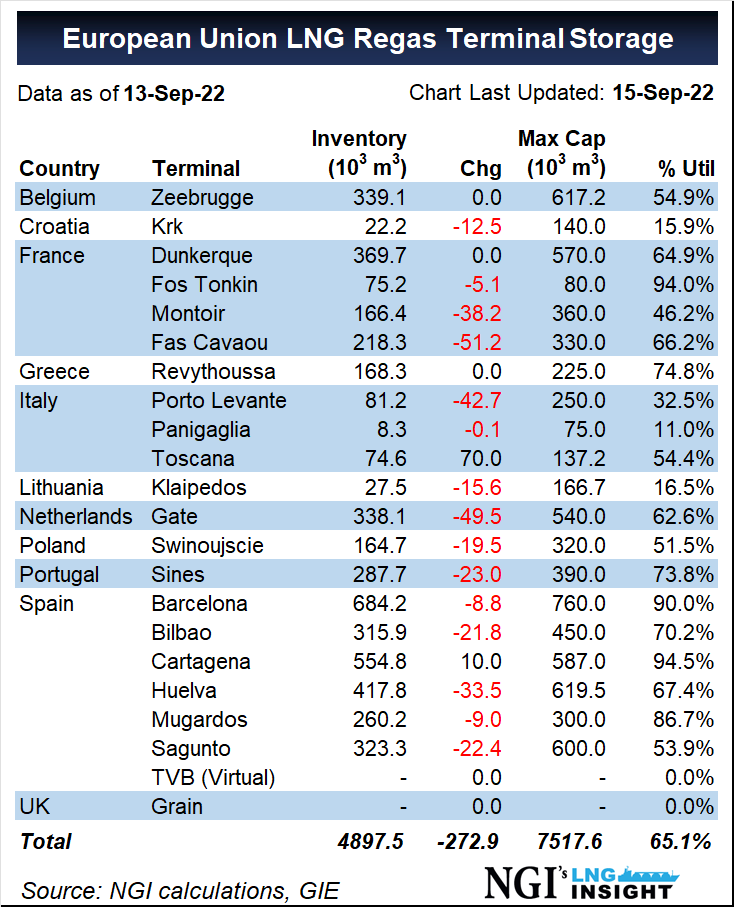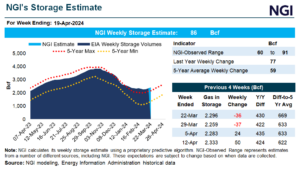LNG | LNG Insight | Markets | NGI All News Access | NGI The Weekly Gas Market Report
Traders, Utilities Stashing More LNG at Sea, Further Tightening Shipping Market as Winter Nears
© 2024 Natural Gas Intelligence. All rights reserved.
ISSN © 1532-1231 | ISSN © 2577-9877 | ISSN © 1532-1266 |



